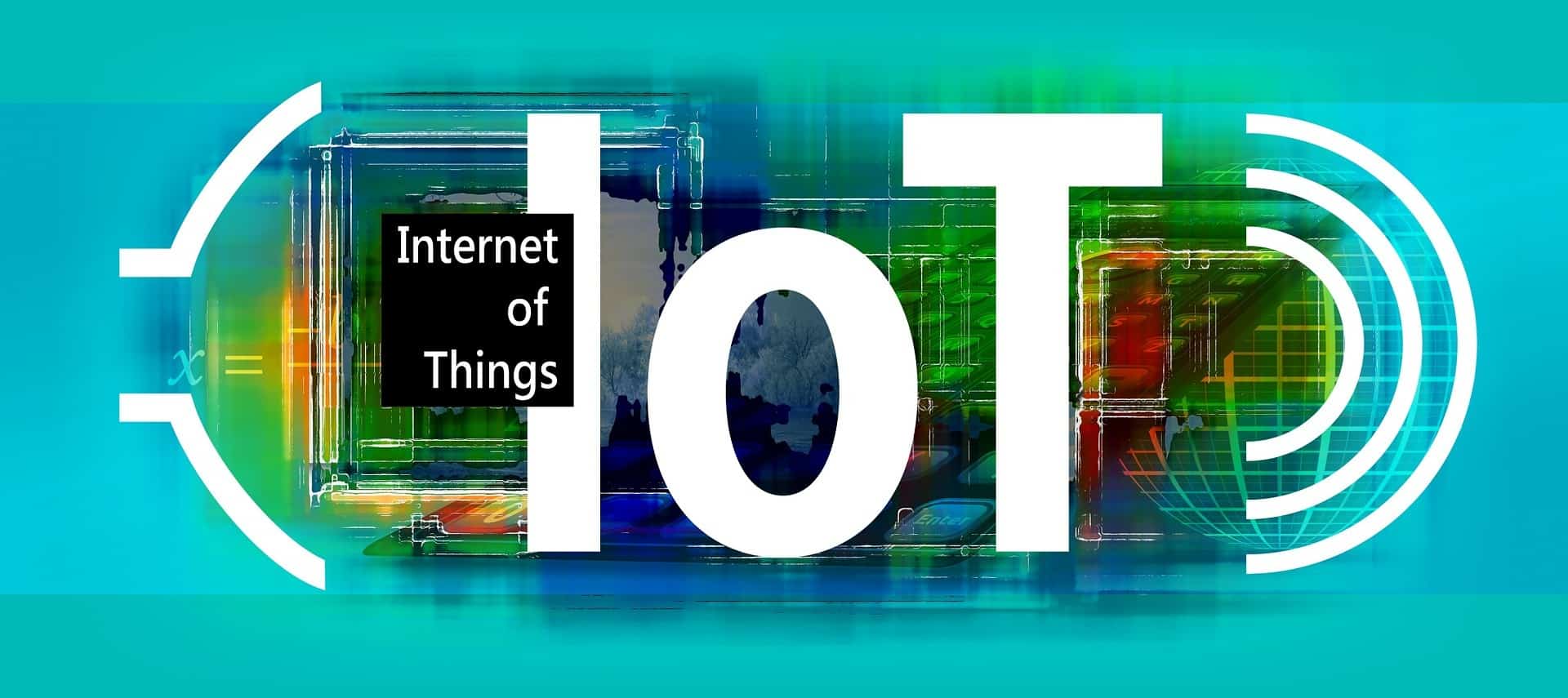At some point in your life, you might have come across the term the Internet of Things (IoT). Now more than ever, it has become an increasingly important topic of conversation in the workplace and outside of it. But what does it really mean?
The Internet of things refers to a network of physical devices and systems around the world that are interconnected through the internet. We don’t often think of ourselves as IoT users or that we own IoT devices, but we are, and we do leverage such technologies every day.
Listed below are some examples of real-world applications of IoT.
Wearable Sensors
The Internet of things is revolutionizing entire industries. But according to Ottawa IT services experts from http://www.firewalltechnical.com, its impact on healthcare is arguably the most valuable.
Wearable devices are transforming care and treatment for patients. Wherever patients may be in the world, these wearable sensors provide proactive care as they respond to dramatic changes in temperature, irregular heartbeats, etc. This technology enables healthcare providers to keep track of their patients. This reduces patient readmissions and, in turn, medical bills. Not to mention, it minimizes in-facility congestion.
The IoT also helps medical professionals deal with mundane tasks, such as tracking and managing supplies, or maintaining vital equipment. This way, they can spend less time on routine tasks and more time with the patients.
Smart Thermostat

Nest is a smart home device capable of learning your family’s routines. It keeps track of your schedules, like when you go to work or when you go to bed, and will adjust the temperature based on the collected data. This example of IoT technology helps you conserve energy and minimize your bills. It also sends out alerts if it detects problems in your heating or cooling systems.
Lighting systems
Another IoT tech that’s helping families reduce costs is the Philips Hue bulbs. They turn on and off based on a schedule. That means you get to conserve energy and save a whole lot of money in the long run. But what’s great about these smart bulbs is that they are customizable. You can change their colors anytime, and you can even make them sync with your music for an incredible house party.
Smart Feeder
Today, even your pets can benefit from the Internet of things. Smart feeders allow owners to identify the best type of food for their dogs or cats. It calculates the amount of nutrition their pets need, and it can also order pet food for you when you run out. The smart feeder can be controlled through your mobile device. From there, you can monitor your pet’s food consumption when you’re away from your furry friends.
Smart Cement
Of all the things that could be connected to the Internet, you probably didn’t expect cement to come with such capabilities. But a company called Oceanit Laboratories is revolutionizing how this material behaves, enabling it to act like a sensor that transmits and responds to magnetic signals. This tech could pass on crucial information to workers that could help them better understand the integrity of the structure.
These emerging technologies are reshaping industries and probably even killing off several legacy businesses in the process. But it’s also creating new ones. For entrepreneurs who wish to stay on top of the game, the challenge now lies in creating innovative tech with practical applications.






